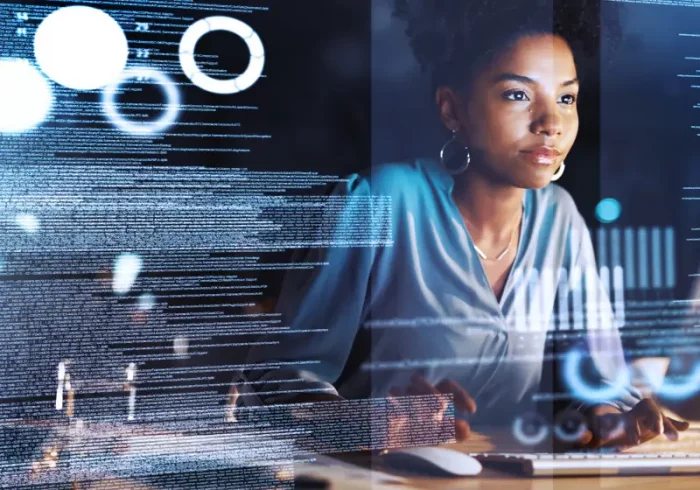Video editing is a creative and technical process that involves selecting, arranging, and modifying video footage to create a final product. It is a crucial step in the production of films, television shows, commercials, and other video content.
The Role of a Video Editor
Video editors are responsible for transforming raw footage into a polished and engaging final product. Their tasks typically include:
- Selecting footage: Choosing the best shots and clips to use in the final video.
- Editing: Arranging the selected footage in a logical and compelling sequence.
- Trimming and cutting: Removing unnecessary footage and adjusting the length of clips.
- Adding transitions: Creating smooth transitions between different shots.
- Color correction and grading: Adjusting the color, contrast, and brightness of the footage.
- Adding effects: Incorporating special effects, such as slow motion, fast motion, or visual filters.
- Adding audio: Selecting and editing audio tracks, such as background music, sound effects, and voiceovers.
- Exporting: Preparing the final video for delivery or distribution.
Essential Skills for Video Editors
To be successful as a video editor, individuals need to possess a combination of creative and technical skills. These skills include:
- Creativity: The ability to visualize and create engaging visual stories.
- Technical skills: Proficiency in video editing software, such as Adobe Premiere Pro, Final Cut Pro, or Avid Media Composer.
- Storytelling: The ability to understand and convey a story through visuals.
- Attention to detail: A keen eye for detail to ensure that the final product is polished and error-free.
- Time management: The ability to manage deadlines and work efficiently.
- Problem-solving: The ability to identify and solve technical challenges.
- Collaboration: The ability to work effectively with other members of the production team.
The Video Editing Process
The video editing process typically involves several stages:
- Ingesting footage: Importing video and audio files into the editing software.
- Rough cut: Creating a preliminary version of the video by arranging the footage in a sequence.
- Fine-tuning: Making adjustments to the editing, color correction, and audio.
- Adding effects: Incorporating special effects or transitions.
- Exporting: Preparing the final video for delivery or distribution.
The Future of Video Editing
As technology continues to advance, the role of video editors is also evolving. New tools and techniques are emerging, such as 360-degree video editing, virtual reality editing, and artificial intelligence-powered editing. Video editors who are able to adapt to these new technologies will be well-positioned for success in the future.
Conclusion
Video editing is a creative and technical field that plays a vital role in the production of various types of video content. By developing the necessary skills and staying up-to-date with the latest trends, video editors can build successful careers and contribute to the creation of engaging and memorable visual experiences.



